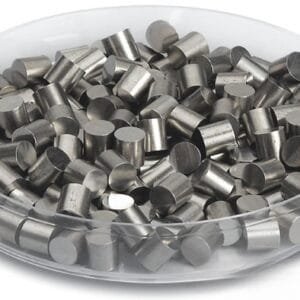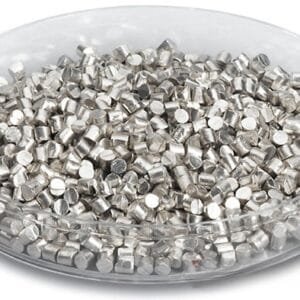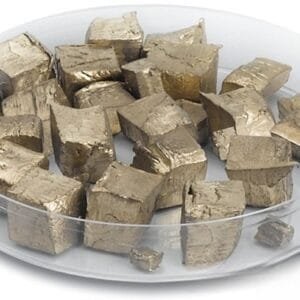Silicon Monoxide Evaporation Materials Overview
Silicon monoxide (SiO) evaporation materials from TFM are vital for producing high-quality deposited films. With a chemical formula of SiO, these materials are essential in various deposition processes. TFM is committed to delivering evaporation materials with exceptional purity, up to 99.9995%, supported by rigorous quality assurance practices to ensure reliability.
Specifications
| Material Type | Silicon Monoxide |
| Symbol | SiO |
| Color/Appearance | Brown-black Glassy Solid |
| Melting Point | 1,702 °C |
| Theoretical Density | 2.13 g/cm3 |
| Purity | 99.9% ~ 99.95% |
| Shape | Powder/ Pellets/ Granule/ Custom-made |
Applications
Silicon monoxide evaporation materials are used in a variety of applications, including:
- Deposition Processes: Critical for semiconductor deposition, chemical vapor deposition (CVD), and physical vapor deposition (PVD).
- Optics: Suitable for wear protection, decorative coatings, and display technologies.
Packaging
Our silicon monoxide evaporation materials are carefully tagged and labeled for precise identification and quality control. We ensure that the materials are protected from damage during storage and transportation.
Contact Us
TFM is a leading provider of high-purity silicon monoxide evaporation materials. We offer products in various forms, including tablets, granules, rods, and wires, with customization options available. In addition, we supply evaporation sources, boats, filaments, crucibles, heaters, and e-beam crucible liners. For current pricing or inquiries about materials not listed, please contact us.

 MSDS File
MSDS File



Reviews
There are no reviews yet.